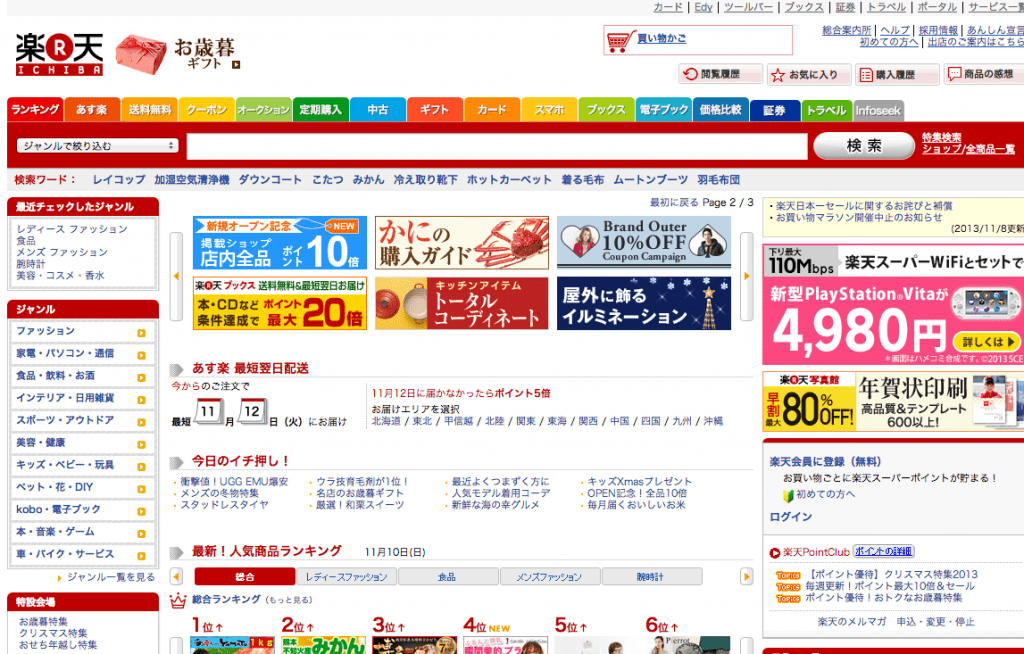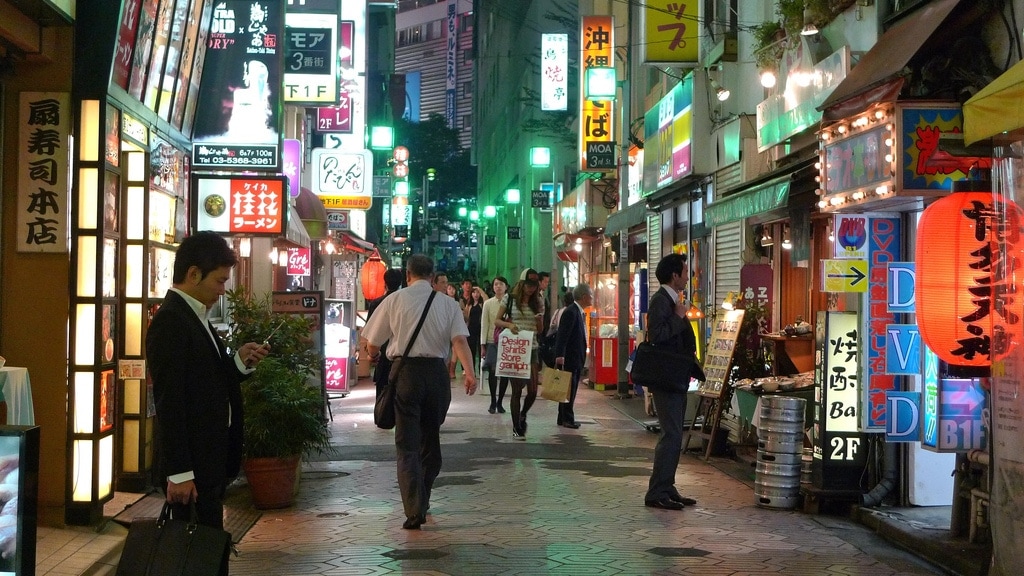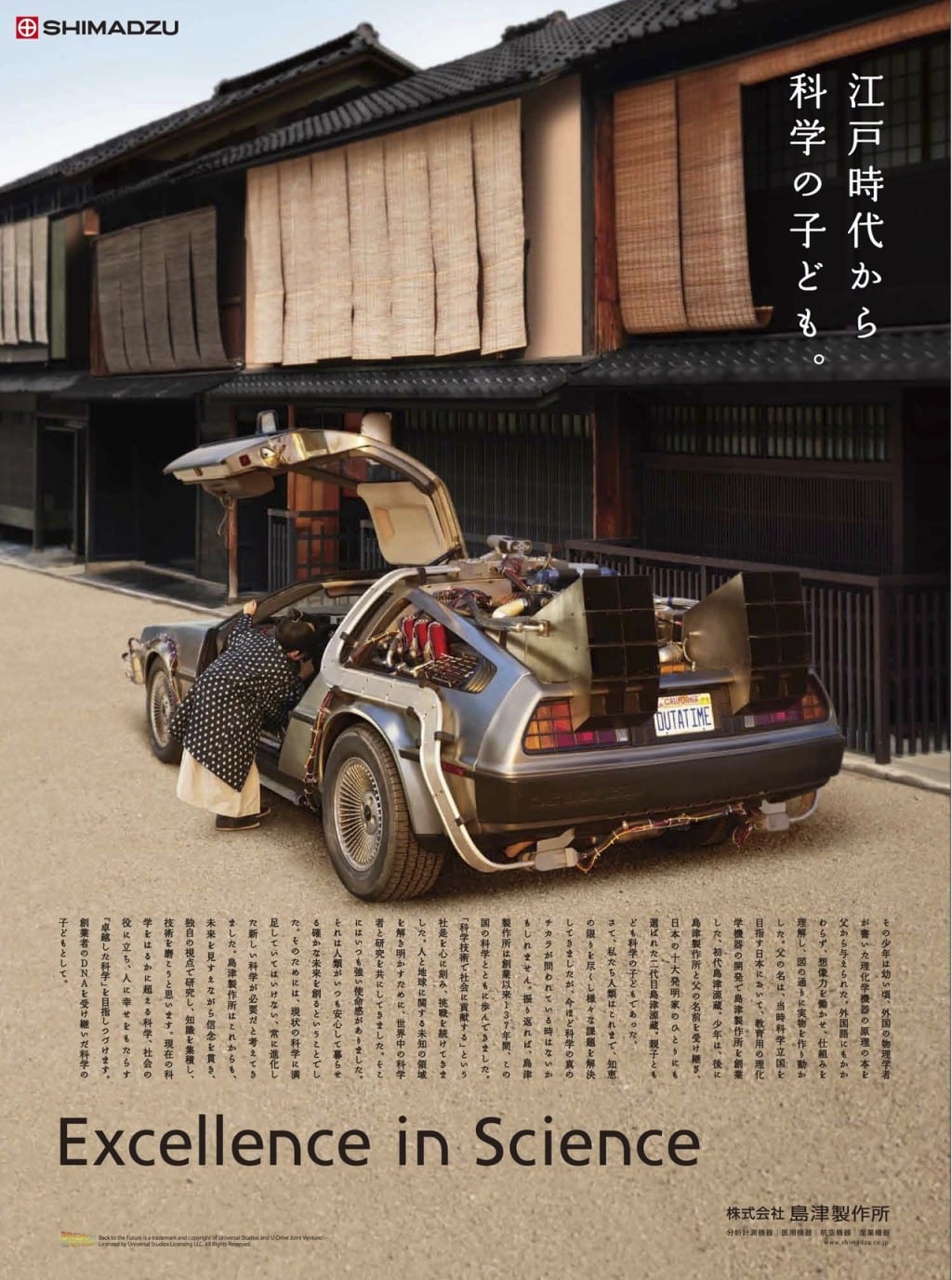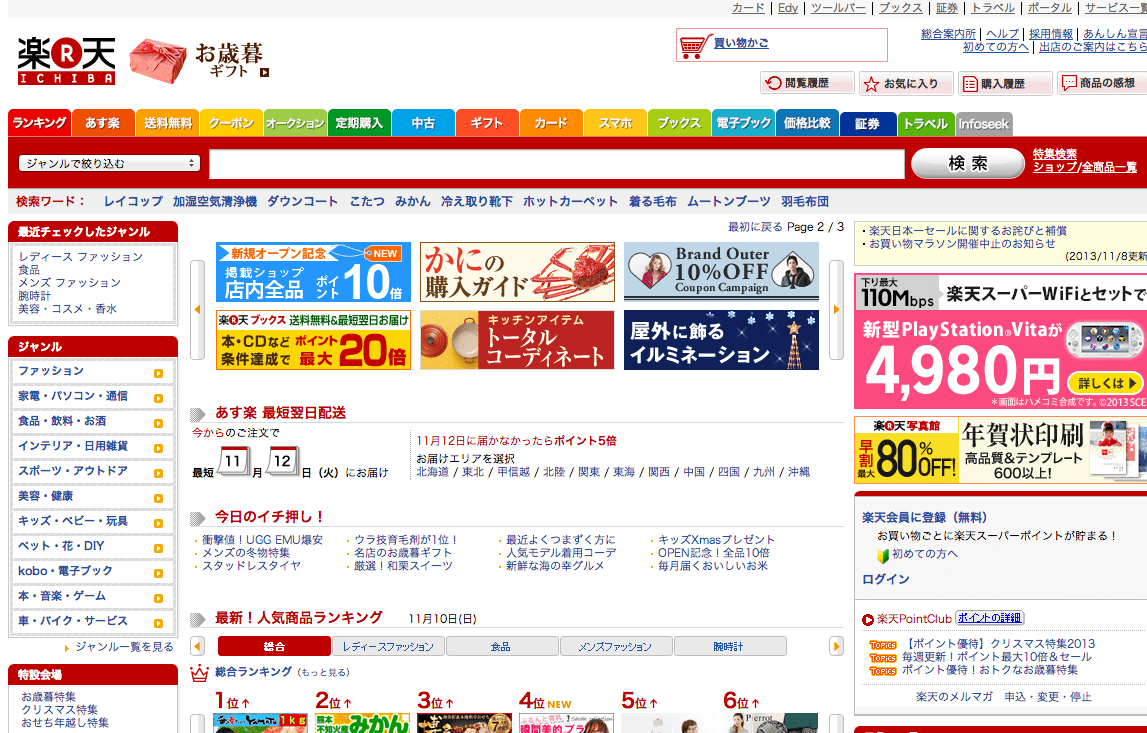In the mind’s eye of many people, Japan is a land of tranquil Zen gardens, serene temples, and exquisite tea ceremonies. Both traditional and contemporary Japanese architecture, books and magazines are the envy of designers worldwide. Yet for some reason, practically none of this mastery has been translated into digital products, in particular websites, most of which look like they hail from around 1998.

Go on a safari around some of Japan’s most popular sites and here’s what you can expect to find (see Goo, Rakuten, Yomiuri, NicoNico, OKWave, @cosme, and more):
- Dense tightly packed text
- Tiny low-quality images
- More columns than you can count
- Bright clashing colours and flashing banners
- Overuse of outdated technologies like Flash
A beautiful haiku or minimal wabi-sabi they not. The theories for why this is are numerous and I’ve tried to expand on some of the most prevalent below:
Linguistic Differences

Character Comfort – Logographic-based languages can contain a lot of meaning in just a few characters. While these characters can look cluttered and confusing to the Western eye, they actually allow Japanese speakers to become comfortable with processing a lot of information in a short period of time/space (the same goes for Chinese).
Lacking Emphasis – Japanese doesn’t have italics or capital letters which limits the opportunities for adding visual punch that you get with Latin alphabets. This makes it more difficult to create the hierarchical contrasts required to organise information with type alone although many designers get around this by adding decoration or using graphic text.
Language Barrier – The web and most of the programming languages which drive it were designed by English speakers or Western corporations and hence the majority of documentation and educational resources are also in English. Although much gets translated this still causes a delay in new technologies and trends being adopted.
Cultural Differences

Risk Avoidance – In general Japanese culture does not encourage risk-taking or standing out from the crowd. Once a precedent has been set for things looking or behaving a certain way then everybody follows it, regardless of whether there is a better solution. Even Japanese subcultures conform to their own fashions and rules.
Consumer Behaviour – People require a high degree of assurance, by means of lengthy descriptions and technical specifications, before making a purchasing decision – they are not going to be easily swayed by a catchy headline or a pretty image. The adage “less is more” doesn’t really apply here.
Advertising – Rather than being seen as a tool to enable people Japanese companies often see the web as just another advertising platform to push their message across as loudly as possible. Websites end up being about the maximal concentration of information into the smallest space akin to a pamphlet rather than an interactive tool.
Urban Landscape – Walk around one of Tokyo’s main hubs like Shibuya and you’re constantly bombarded with bright neon advertisements, noisy pachinko parlours (game arcades), and crowds of rambunctious salarymen or school kids. The same chaotic busyness of the streets seems to have spilt over to the web. Added to this, because physical space comes at a premium in Japan, none of it is wasted and the same goes for negative/white space on a webpage.
Job Roles – Look on any job site in Japan and you’ll still see adverts for roles like “Web Master” and “Web Admin” which hark back to the day when a company would employ a single IT guy to hand-code and run their entire website – many still do. On the other side of the equation, creative people want creative freedom which they’re not likely to find in a large Japanese corporation so they go elsewhere.
Technical Differences
![[Shibuya] Umbrella Bokeh](https://randomwire.com/wp-content/uploads/3079276821_fce6f71f4d_b.jpg)
Mobile Legacy – Japan was using their version of the mobile web on advanced flip phones long before the iPhone came along and in even larger numbers than personal computers. Back then the screens were tiny and the way sites had to be designed to cram content into this small space has continued to influence the way things are now.
Web Fonts – There is a lack of web fonts for non-Latin languages (Chinese, Japanese…). This is because each font requires thousands of characters to be individually designed which is prohibitively expensive, time-consuming, and would take longer to download. For these reasons, designers tend to use graphics rather than plain text to display non-standard typefaces.
Windows XP & IE 6 – although the number of people using ancient Microsoft software is rapidly decreasing there are still a fair number of people using these dinosaurs, especially in corporate environments. Enough said.

Walking around Tokyo, I often get the feeling of being stuck in a 1980s vision of the future and in many ways, it’s this contradiction which characterises the design landscape in Japan. On one side we have enormous conglomerates churning out uninspiring mass-produced conformity while on the other side, we see master craftspeople making things of incredible beauty and functionality.
On a more positive note, smaller design firms and companies like UNIQLO, MUJI, CookPad and Kinokuniya are proving that you can make aesthetically pleasing and functional websites in Japan. Let’s hope the rest learn from them and catch up soon.
More interesting discussion here: one, two, three, four, five.
Update 1: A lot of people have been commenting that much of the above also applies to websites in other regions of Asia so here are a few to look at for comparison –
- Mainland China: Sina, 163, 51job, SouFun, Eastday
- South Korea: Naver, Daum, Tistory, Nate, Chosun
- Taiwan: Eyny, Yam, PChome, HiNet, Ruten
Update 2: A big welcome to readers from Reddit, MetaFilter and Smashing Magazine! Unfortunately, all the traffic knocked the site offline for most of Wednesday but things should be stable now. For any questions or enquiries, feel free to get in touch.
Update 3: Some kind folks have translated the article into Japanese, Chinese, Vietnamese, Thai, German, Spanish, Italian, Arabic and Korean.
Update 4 (10 years later!): A couple of YouTubers have created in-depth videos dissecting some of the technological and cultural arguments above. It’s amazing to see how far this article has travelled and how it seems to still be relevant today.


Leave a Reply to Benjamin Cancel reply